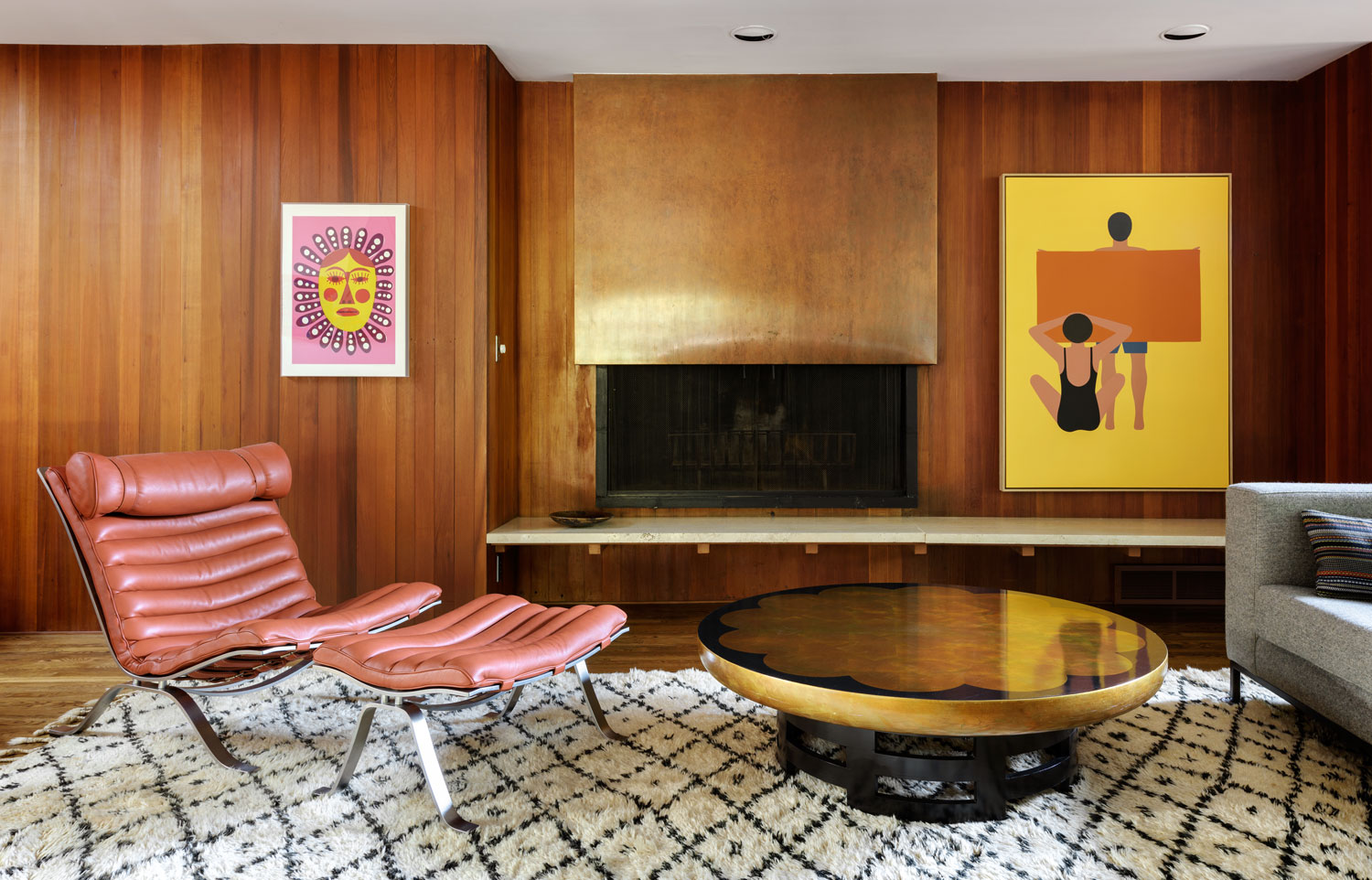The 1950s represented a prosperous time for most middle-class families. As a sign of the times, homes were distinguished by dynamic and vibrant designs. If you want to add a touch of those good old days to your home décor, here are some key elements!
1950s Colors

During the 1950s, the popular colour trends for interior home design were pastels, modern and Scandinavian colour schemes.
Popular pastel colours that used to dominate during the 1950s were pink, mint green, turquoise, pale yellow, and blue. However, kitchens and bathrooms were the only two rooms that used to consist of pastel colour decoration. Therefore, we recommend pastel-coloured cabinets, floors, tables and chairs for your kitchen while your bathroom can be tiled in pastel and decorated with dark accessories.
On the other hand, let me tell you that Scandinavian colour schemes were used mainly by sophisticated and nature-lovers. For instance, you can choose shades of grey, brown and cream for a muted 1950s living room theme.
If you want to create a fine contrast between colours and give that 50’s touch to your home decor, you need to choose modern colour schemes like electric blue, vibrant yellow, red, black, orange and white.
1950S Wallpaper

Back in the Golden age of capitalism, wallpaper was a very famous wall décor for foyers, kitchens, dining rooms and bathrooms. The list below will guide you further:
- Have you ever heard of damask? It is a jacquard-patterned fabric that is made from weaving and most often made in silk. And as you have guessed already, during the 1950s, damasks were great choices for foyers and kitchens.
- Another popular choice was the pastoral wallpaper.
- Made from natural materials, the grasscloth wallpaper was a symbol of luxury that not all households could afford. But let me tell you that this wall décor has now become a hot commodity even in our current century.
- Even though polka dots first appeared during the 1940s, it was still a popular wall decor during the 1950s.
- Needless to say that at that time, children’s rooms were designed according to their genders. And as pink was seen exclusively as a female colour (I really wonder who was that brainless person who created the “pink only for girls” concept), girls’ rooms were always decorated in pink while boys’ rooms were covered with blue.
1950s Furniture Style

During the time when “Daddy-O” was still in use, the furniture used to vary from comfortable traditional to minimalist Scandinavian-inspired furniture. So, don’t worry, I am not going to ask you to go look for some old granny furniture at a scrap yard as the 1950s furniture styles offered a large variety of choices, which are included below:
- Upholstered furniture: This type of furniture started in the Middle Ages and because of its wonderful colour combination and designs, it grew in popularity during the 18th and 19th centuries. For instance, we recommend you floral patterns and overstuffed comfortable sofas.
- Scandinavian furniture: People from the 1950s embraced the Scandinavian furniture due to its modern and minimalist look. It is believed that this style of furniture was based on the seasons in the north. The need to create warmth and comfort in a wintry environment explains why the wood plays a significant role in the Scandinavian style. This type of furniture usually uses light wood like spruce or pine and displays a touch of simplicity with its light pastel colours.
- Laminated Plywood furniture: Did you know that laminated plywood furniture, which was made famous by the designer Charles Eames, was also an essential staple of the living space? And moreover, you will be happy to know that this material was made to resist heat and scratches. This also means that you don’t have to be that careful with laminated furniture as you are with solid wood or veneer.
Will you incorporate these characteristics into your home décor? Please share your comments!





